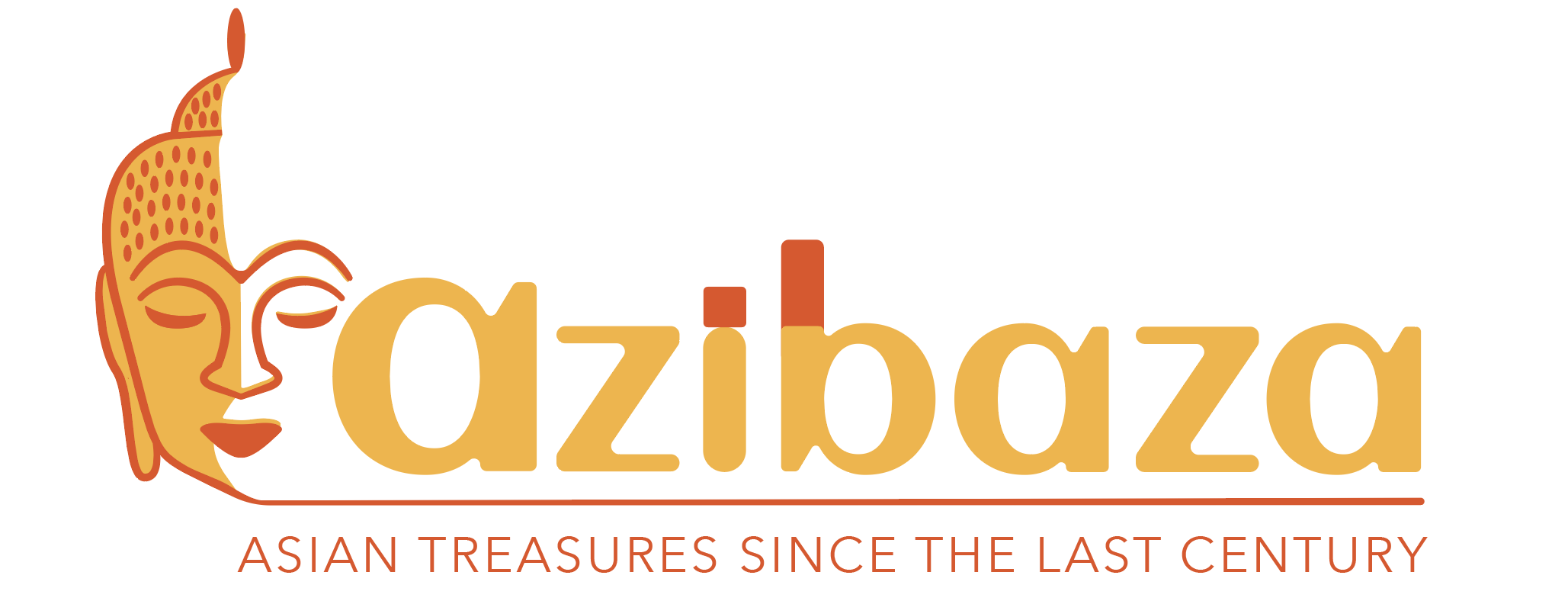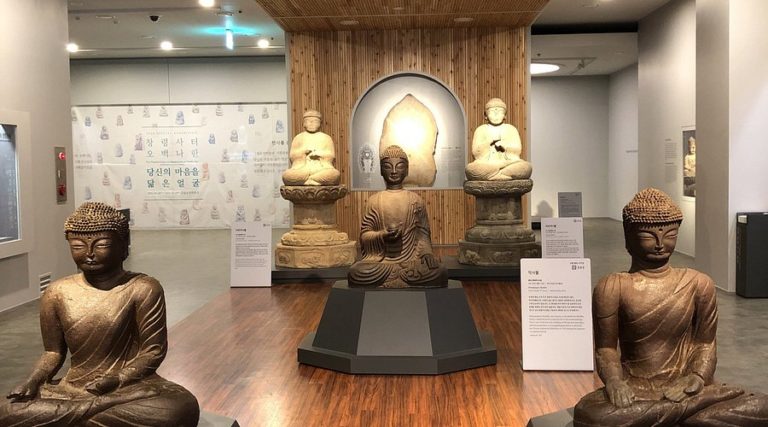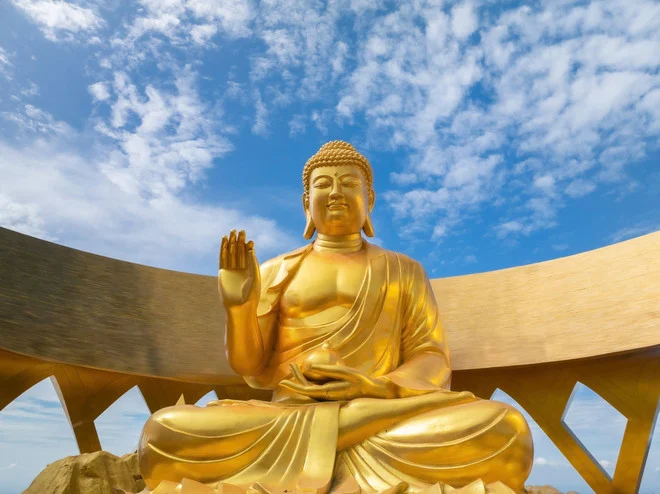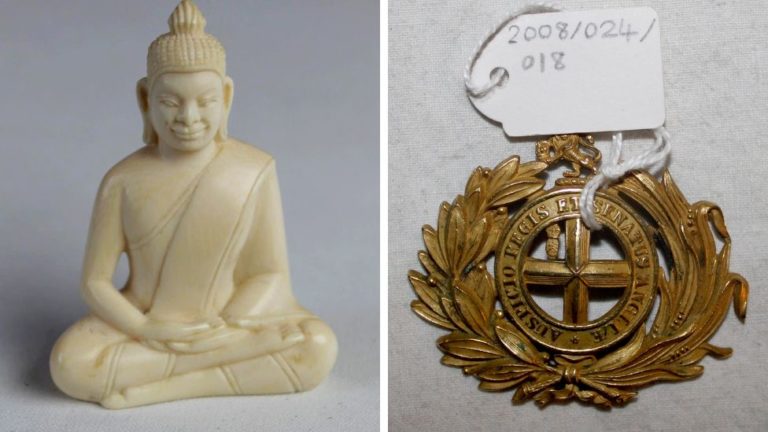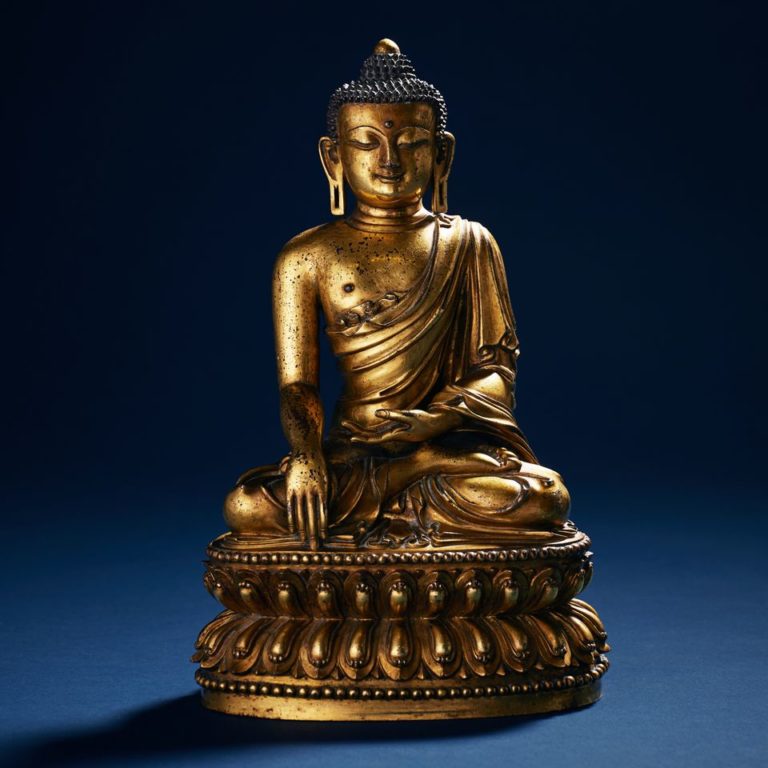In the quiet foothills of To Mountain, Southern Vietnam, one monk is safeguarding a fading tradition. At Soai So Pagoda in An Giang Province, 84-year-old Venerable Chau Ty continues to teach the sacred art of palm-leaf scripture carving—an ancient Khmer practice known as Satra.
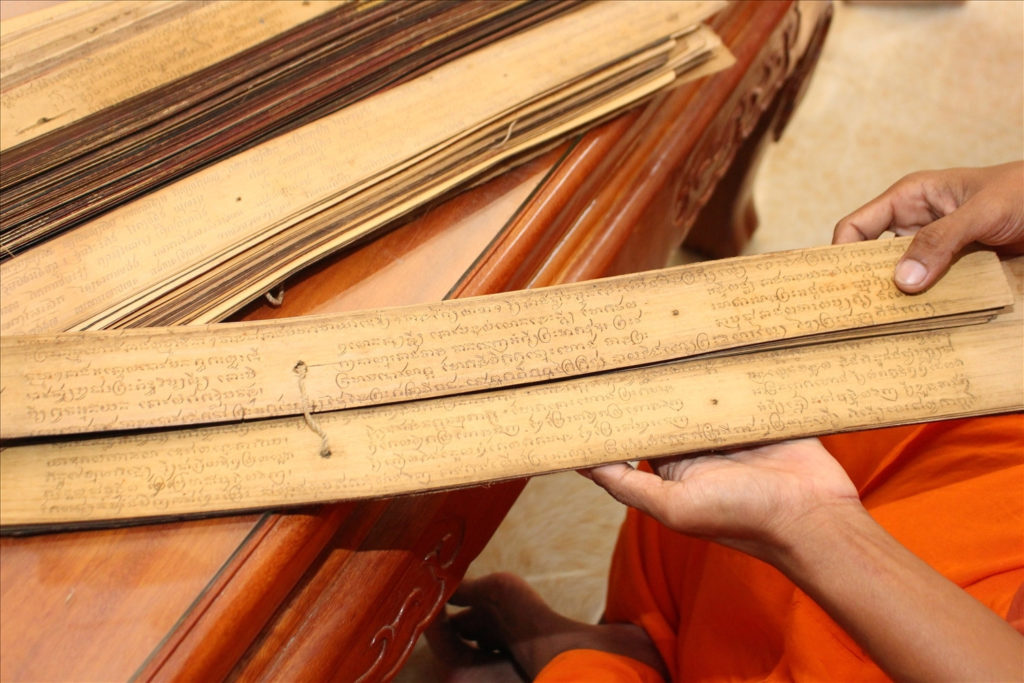
This intricate craft, rooted in Buddhist devotion, involves carving Pali texts onto specially treated palm leaves using a stylus called a Dek-cha. The process demands patience, precision and spiritual focus. “Scripture carving is not just copying words; it is a journey of spiritual refinement,” Chau Ty explains.
The monk first learned the technique in 1964 from master carver Chau Rieng. Since then, he has preserved dozens of scripture sets, each a testament to Khmer heritage and religious life. The leaves, carefully selected and processed, are carved, inked with charcoal and kerosene, then bound into books used for chanting and teaching.
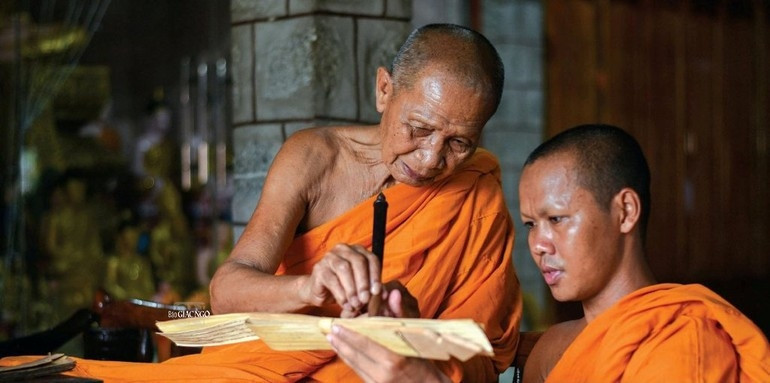
Despite its cultural significance, the tradition faces serious challenges. Materials are scarce—palm trees die after fruiting, and domestic cultivation has failed. Most leaves must now be imported from Cambodia at high cost. More troubling still is the lack of successors. A 2013 training programme drew 14 students, but only one remained committed.
“Modern youth often lack the patience for such meticulous work,” said Danh Phuc, Director of Ethnic and Religious Affairs. Without passion and inner peace, the art cannot survive.
In 2017, the technique was recognised as a National Intangible Cultural Heritage, largely thanks to Chau Ty’s efforts. Yet he remains concerned about its future. “Carving scriptures is my path of spiritual practice—and my way of honouring my people,” he said.
Beyond his role as a teacher, Chau Ty is a respected figure in the Khmer community and a symbol of religious harmony. As Vice Patriarch of the Vietnam Buddhist Sangha’s Verification Council, he promotes unity across sects and ethnic groups, bridging tradition and modernity.
In an age of rapid change, the image of the elder monk—quietly etching sacred lines into palm leaves—stands as a poignant reminder of cultural resilience and spiritual devotion.
